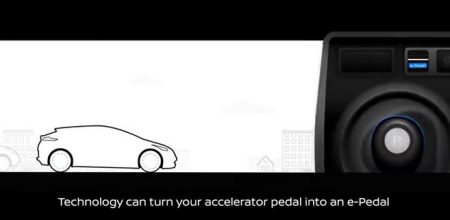On the driver’s side of nearly every car driving on the road today, there are two or three pedals that the driver operates with their feet. The new wave of hybrids, plug-in hybrid electric vehicles, and electric vehicles (EVs) still have two pedals. So what is “one-pedal driving,” and how does it work?
What is one-pedal driving?
Electric motor drive systems, designed to provide propulsion in EVs, also reclaim some of that electric power through regenerative braking, also known as regen. A little-known fact is that the major internal components of electric motors and generators are very similar. However, electric motors and generators work precisely opposite each other.
In 1831, Michael Faraday’s work explained the phenomenon of electromagnetism according to Plant Engineering. Inside an electric motor, electricity flows through wire windings and a magnetic field to create a rotary force. In contrast, a generator uses a rotary force to generate electricity as the wire windings spin past magnets.
This conversion of energy, electrical to mechanical and back to electrical, makes regen beneficial and one-pedal driving so popular in EVs. In most electric vehicles, regen happens automatically when the driver releases the accelerator pedal. As the EV stops sending electricity to power its motor, it uses the car’s momentum to spin the electric motor and generate electricity. Friction from spinning the electric motor causes the EV to slow, like applying the brakes.
Read more: MotorBiscuit
It’s Time to Go Green!
If you would like to know more about Solar Panels and the PowerBanx range of home battery systems, and get a free instant quote, please complete our online form:


